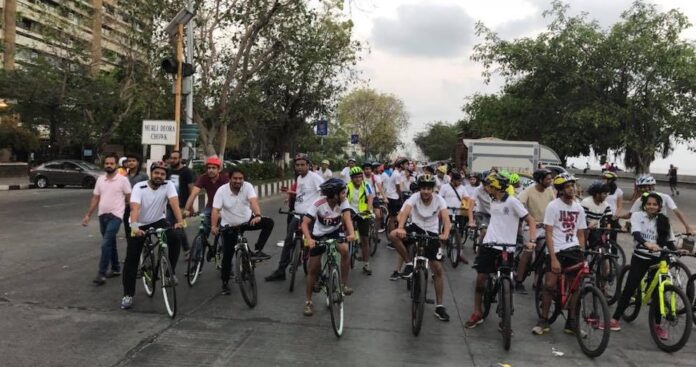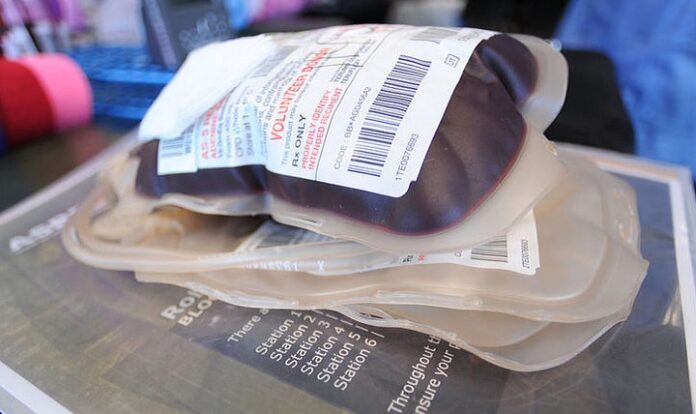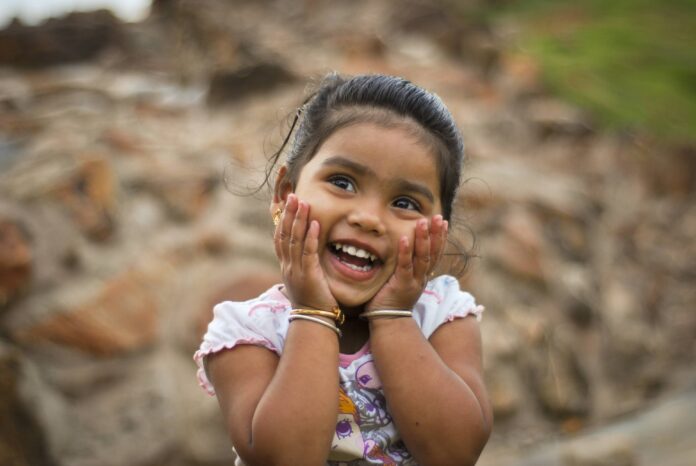The mellifluous notes of the NCC Song “Hum Sab Bharatiya Hain, Sartaj Himalaya Hain, Desh Ki Raksha Ki Khatir,Hum Shamshir Utha Lenge…” reverberates in the air around the school wherein the NCC cadets’ Parade is being held. These words speak volumes of the goals of the cadets-the grit to defend the country’s frontiers with swords (Shamshir) and preserve the integrity of India crowned (Sartaj) by the Himalayas. These highly motivating words reveal the significance of the NCC in the Indian milieu. The Motto of the NCC is “Unity and Discipline” enshrining the oneness of the myriad faiths of India alongside systematic training and commitment.
“The NCC is the largest uniformed volunteer service youth organisation in the world”. It recruits students from High Schools, Colleges and Universities across India. The fourth Sunday in the month of November is celebrated as the NCC Day every year. “The cadets have no liability for active military service. It is an educational activity”. It forms a part of the Education Department at the State Level while at the Centre it forms a part of the Ministry of Defence. It is headed by a Director General of the rank of a Lieutenant General also also has a flag.
The NCC was formed by the NCC Act,1948 and was raised on the15th of July 1948.Its immediate predecessor was the University OfficersTraining Corps established by the British Government in 1942 to make up the shortage of the Army. UOTC’s precursor was the University Corps which was formed in 1917 by the British Govt.
Following the Indo-Sino War in 1962, NCC Training was made compulsory the same year by the Government of India but was made voluntary in 1968. According to sources, during the Indo-Pak. War of 1965 and the Indo-Pak.(B.Desh) war of 1971,NCC cadets formed the Second Line of Defence. They organised camps to assist ordnance factories to supply arms and ammunitions and were used as patrol parties to capture enemy paratroopers. They also participated in rescue works and traffic control along with the Civil Defence authorities.
After this war the NCC Syllabus was revised to incorporate leadership training, youth management, social service with military training in small arms and parades. The cadets are encouraged to join any of the armed forces whether the Army, Air Force or the Navy. “The NCC is a youth development movement”. It is reported that it has enormous potential for nation building. It provides the youth an extensive platform for their all round development with a sense of Duty, Dedication, Dicipline and Moral Values so that they become able leaders and useful citizens.
They are entitled to incentives and allowances such as Daily Allowance, Incidental Allowance etc. They are also awarded scholarships for having passed their tenth and twelfth standard respectively and for one year during their professional course. Those who have a ‘C’ Certificate to their credit do have an edge over other candidates during selection to the armed forces through the Services Selection Board, to the officers’ Trg. School and Air Force Academy, among many others. The cadets enjoy many non-tangible benefits such as Adventure Camps,Republic Day Parade, etc.
“The aim of NCC is developing character, comradeship, discipline, a secular outlook, the spirit of adventure and ideals of selfless service amongst young citizens. Further, it aims at creating a pool of organised, trained and motivated youth with leadership qualities in all walks of life, who will serve the Nation, regardless of which career they choose”. According to reports the strength of the NCC has steadily increased from 15,00,000 to 18,50,000 recently.
The Training Activities of the NCC is as follows:
a.)Institutional Training which is the mainstay of the NCC Trg.,is conducted at Colleges and Schools by the Associate NCC Officers and Armed Forces Personnel. The Trg. Syllabus comprises Common Subjects and Service Subjects in the ratio of 70:30 with case studies and emphasis on basic military training to prepare them to join the armed forces.
b.)Camp Training;
c.)Attachment Trg. wherein the cadets are with the respective units such as the Military Hospital;
d.)Social Service and Community Devlopment;
e.)Adventure Based Learning such as Trekking, Sailing, Kayaking etc.
f.)Youth Exchange Programmes with friendly countries
g.)Sports: NCC cadets are encouraged to participate in high potential sports.
History was created when the first ever Mount Everest Expedition of NCC cadets-Boys-scaled the World’s highest peak in May 2013.
This Comprehensive NCC Methodology is ideal for instilling a Defence Environment Work Ethos,Qualities of leadership,Sense of Commitment to the chosen career,Community and Social Development,Adventure clubbed with Sportsmanship,Integrity,Resolve to serve the Society,Rationalistic and Logical approach to life.
This NCC Course when amalgamated into the regular Curriculum in India with all the Boards and Universities will yield rich benefits and vitalise the Educational System. It is a postulate for Educational Sustainability in India. The fusion of the NCC Syllabus with the prevalent teaching Course is a definite Bolster. The synthesis will act as a combatant to those pugnacious whose number has seen an alarming increase in the country. The Indian sub-continent would be illuminated as a sequel to this Synthesis.
 The author Jaya Chandrashekhar was an Income-tax Officer and recently quit after decades of service. She also compered for the Yuva Vani English, AIR for a short while. Jaya has a keen interest in socio-economic issues and contributes to the GOI Portal, Indian Express amongst several others. In her spare time, she enjoys yoga and cooking.
The author Jaya Chandrashekhar was an Income-tax Officer and recently quit after decades of service. She also compered for the Yuva Vani English, AIR for a short while. Jaya has a keen interest in socio-economic issues and contributes to the GOI Portal, Indian Express amongst several others. In her spare time, she enjoys yoga and cooking.
Views of the author are personal and do not necessarily represent the website’s views.
Thank you for reading the story until the very end. We appreciate the time you have given us. In addition, your thoughts and inputs will genuinely make a difference to us. Please do drop in a line and help us do better.
Regards,
The CSR Journal Team
Subscribe

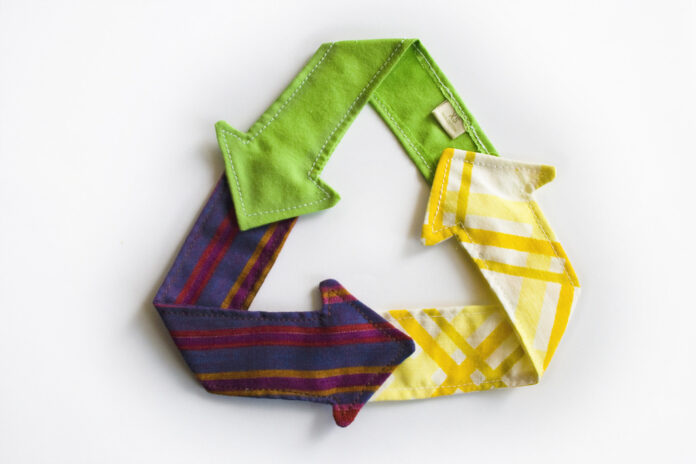


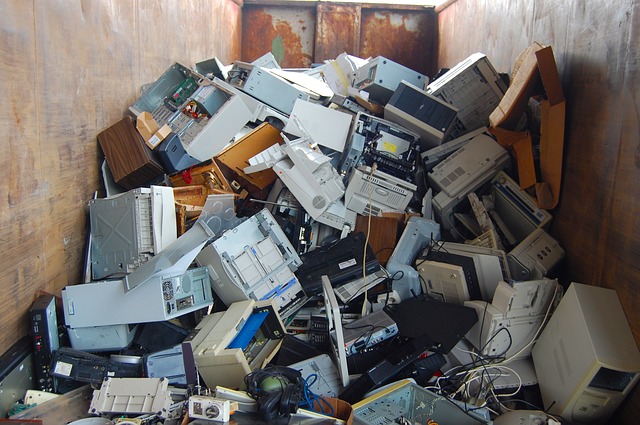


 The author Jaya Chandrashekhar was an Income-tax Officer and recently quit after decades of service. She also compered for the Yuva Vani English, AIR for a short while. Jaya has a keen interest in socio-economic issues and contributes to the GOI Portal, Indian Express amongst several others. In her spare time, she enjoys yoga and cooking.
The author Jaya Chandrashekhar was an Income-tax Officer and recently quit after decades of service. She also compered for the Yuva Vani English, AIR for a short while. Jaya has a keen interest in socio-economic issues and contributes to the GOI Portal, Indian Express amongst several others. In her spare time, she enjoys yoga and cooking.